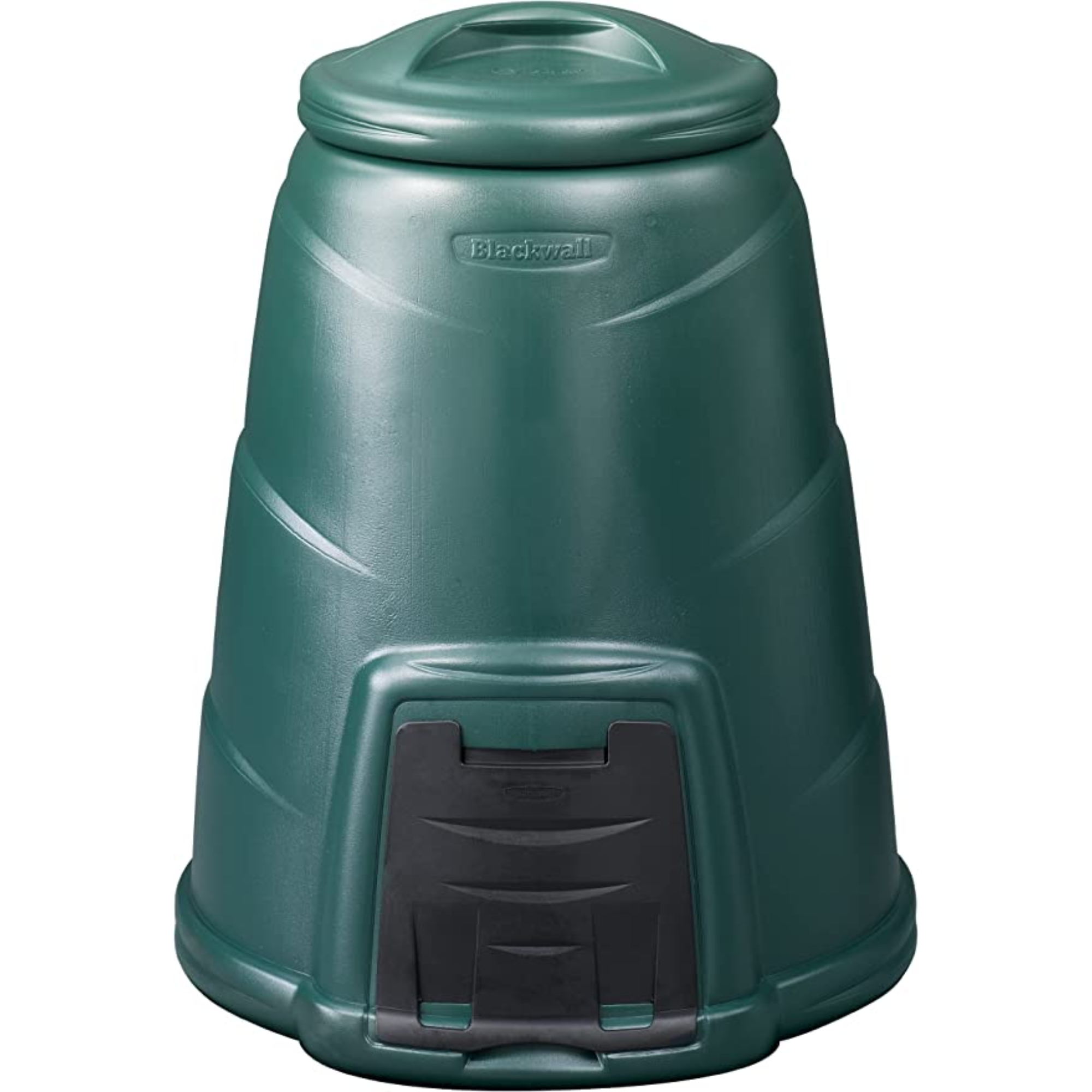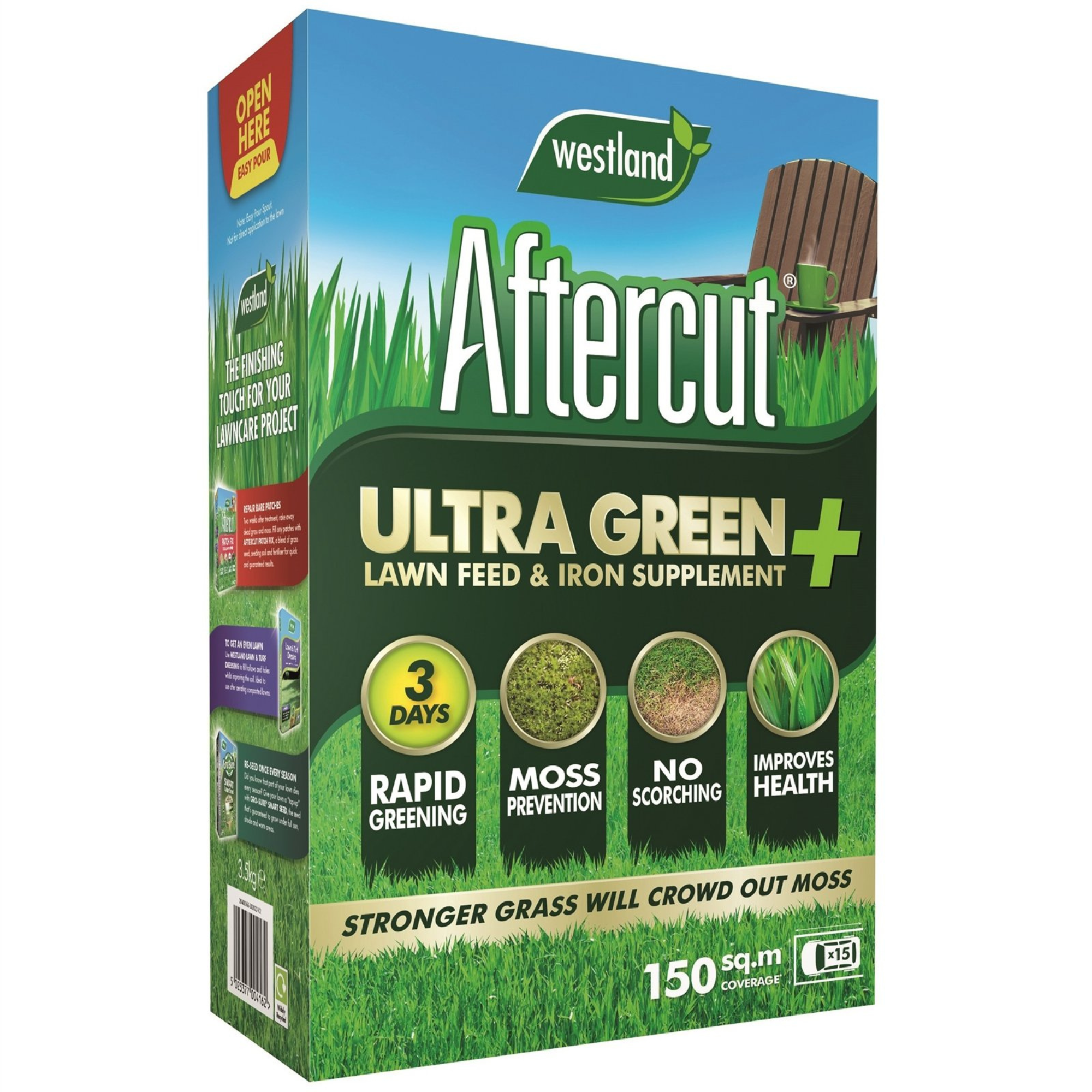8 easy ways to make your grass look greener than ever
Give the neighbours something to *really* ogle this summer
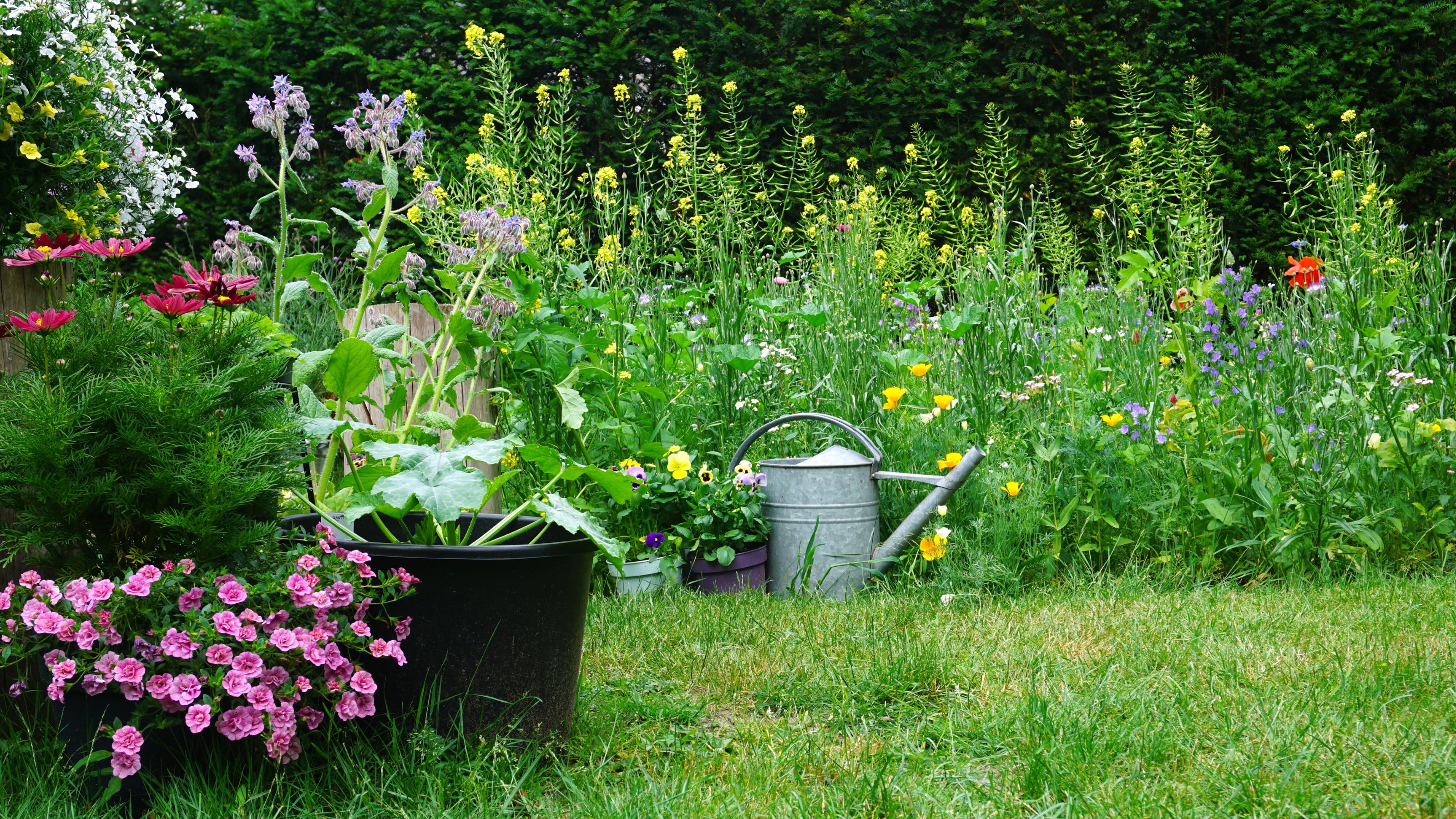

Summer is upon us, which means that – all being well with the weather gods – we will be spending more time in our gardens than ever. And there’s no point denying that we’re likely to enjoy it more if we’ve got the greenest grass on the block.
Now, as someone who loves spending time outside, I know first-hand that working out how to make grass look greener is tough, it is challenging enough to keep your lawn ideas looking lush and verdant – especially once drought and hosepipe ban season hits. It’s always worth putting in the effort, though, because nothing says ‘backyard oasis’ quite like a sea of green grass.
How to make grass look greener
With that in mind, then, I asked a few gardening experts for their top lawncare tips, in a bid to help us all keep our lawns looking enviably vibrant and healthy… even if we don’t have the greenest of fingers.
1. Feed your lawn
‘Fertiliser is vital for keeping a lawn lush and green,’ says Becca Kaye, buyer at B&Q. ‘However, it is important that lawns are only fed during the growing season, meaning on average one to two feeds a year – in spring and autumn.
‘The spring feed should be high in nitrogen to kick-start the growth of new grass, whilst the autumn feed should be high in phosphorus and potassium to toughen the grass up for the winter.’
She adds: ‘B&Q’s Natural fertiliser Westland Safelawn Lawn treatment Granules is a great choice for those planning their next feed.’
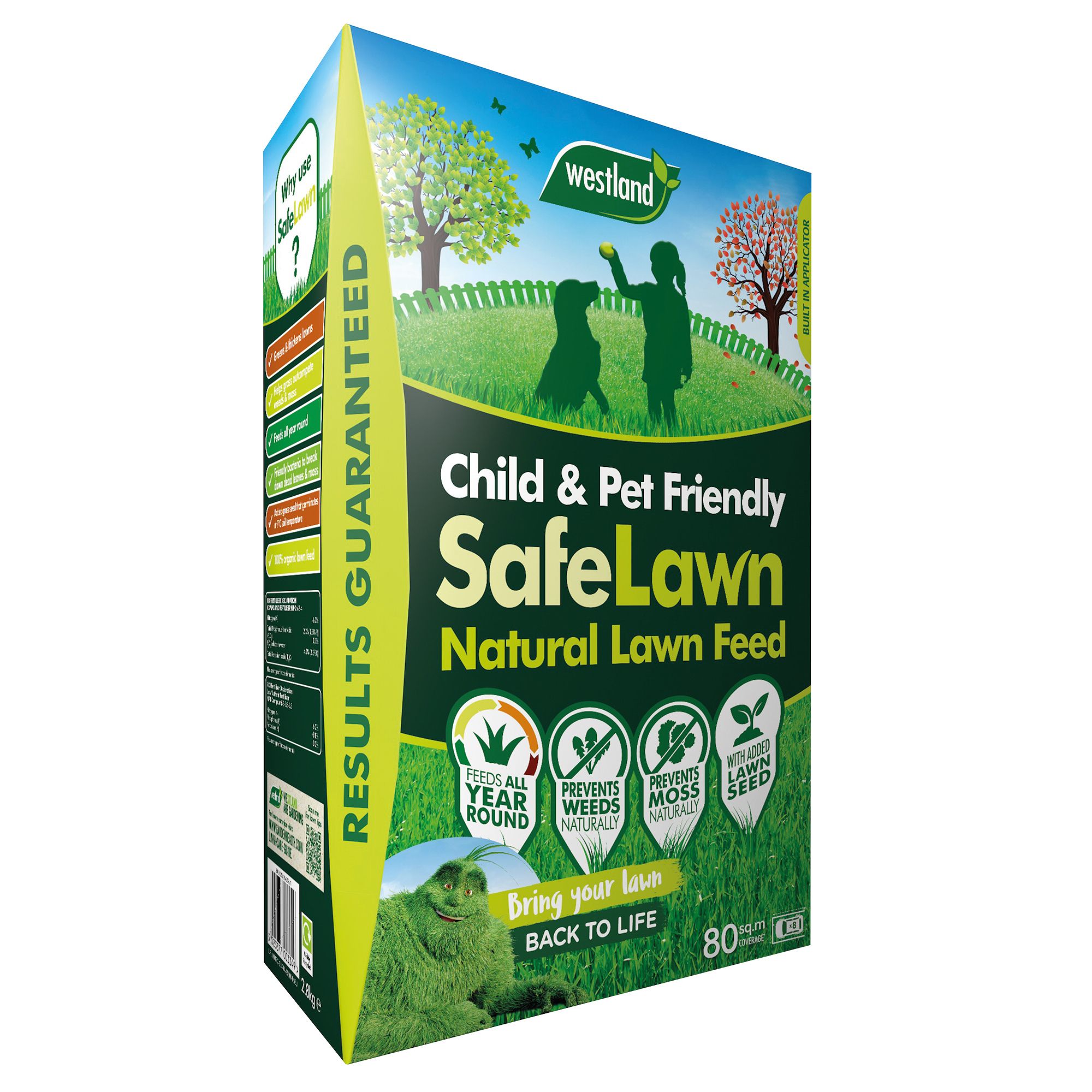
This easy-to-use lawn fertiliser is made using only natural ingredients and will help to ensure the plants and grass stay healthy and strong.
2. Keep an eye out for yellow patches
David Mitchell, Buying Manager for Gardening and Seasonal at Homebase, suggests mowing on a high blade setting to avoid cutting grass down too low, as this can cause yellow patches to appear.
‘However, if the grass blades are turning yellow near the bottom, your grass may have an iron deficiency,’ he adds. ‘This can be fixed with a liquid iron supplement. The Aftercut Ultra Green + Lawn Feed & Iron Supplement will not only improve the colour and strength of your grass, but will help prevent issues like moss.’
3. Don’t throw away your grass clippings
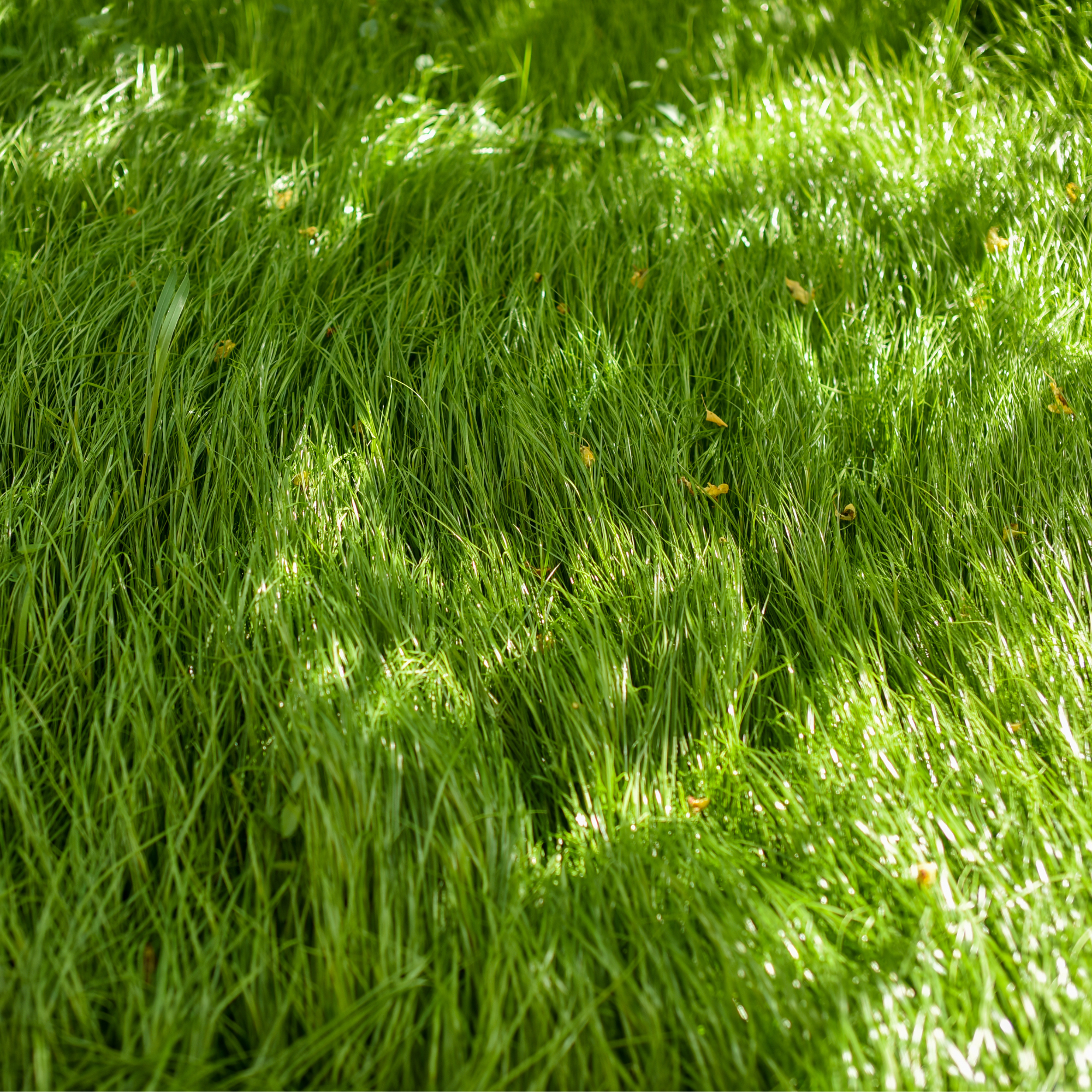
We’re currently in No Mow May, so it’s unlikely you will be trimming your lawn all that much. When you do get back to cutting the grass, though, Andrew and Christopher O’Donoghue (aka the gardening-obsessed brothers behind Gardens Revived) advise you not to throw away your clippings.
‘Leave them on the lawn instead of bagging them up and throwing them away,’ they suggest. ‘This will help add nutrients back into the soil naturally. Alternatively, you could…
4 … try your hand at composting
Waste not, want not! ‘Composting is a great way to add organic matter and nutrients to your lawn, and it’s easier than ever to make your own,’ shares the Gardens Revived team.
‘Fill your compost bin with a 50:50 mix of green materials – like grass clippings, lawn waste, leaves, and old food scraps – and brown materials, such as woody stems, mulched cardboard, and scrunched-up paper. This will ensure you get the perfect blend of nitrogen and carbon in your compost.
‘Keep your compost covered and dry, and make sure you turn it with a garden fork every so often, to keep it aerated. Once it’s looking brown and crumbly, you can spread a thin layer over your lawn, or mix it into the soil, to get some nutrients back into your lawn naturally.’

5. Make sure the lawn is well aerated
All of our experts can agree on this: you’ll want to aerate your lawn every couple of months.
You can either hire a professional to do this for you, or pick up a rolling aerator/garden fork and set to it yourself. How? Well, you’re basically looking to spike your lawn with holes around 2cm deep to circulate around the grassroots and improve grass growth.
Always avoid doing this when the soil is very wet or waterlogged, as the mud will smear everywhere – and it’s best to avoid aerating during frosty spells, too, as your tools could get stuck and damage the soil.
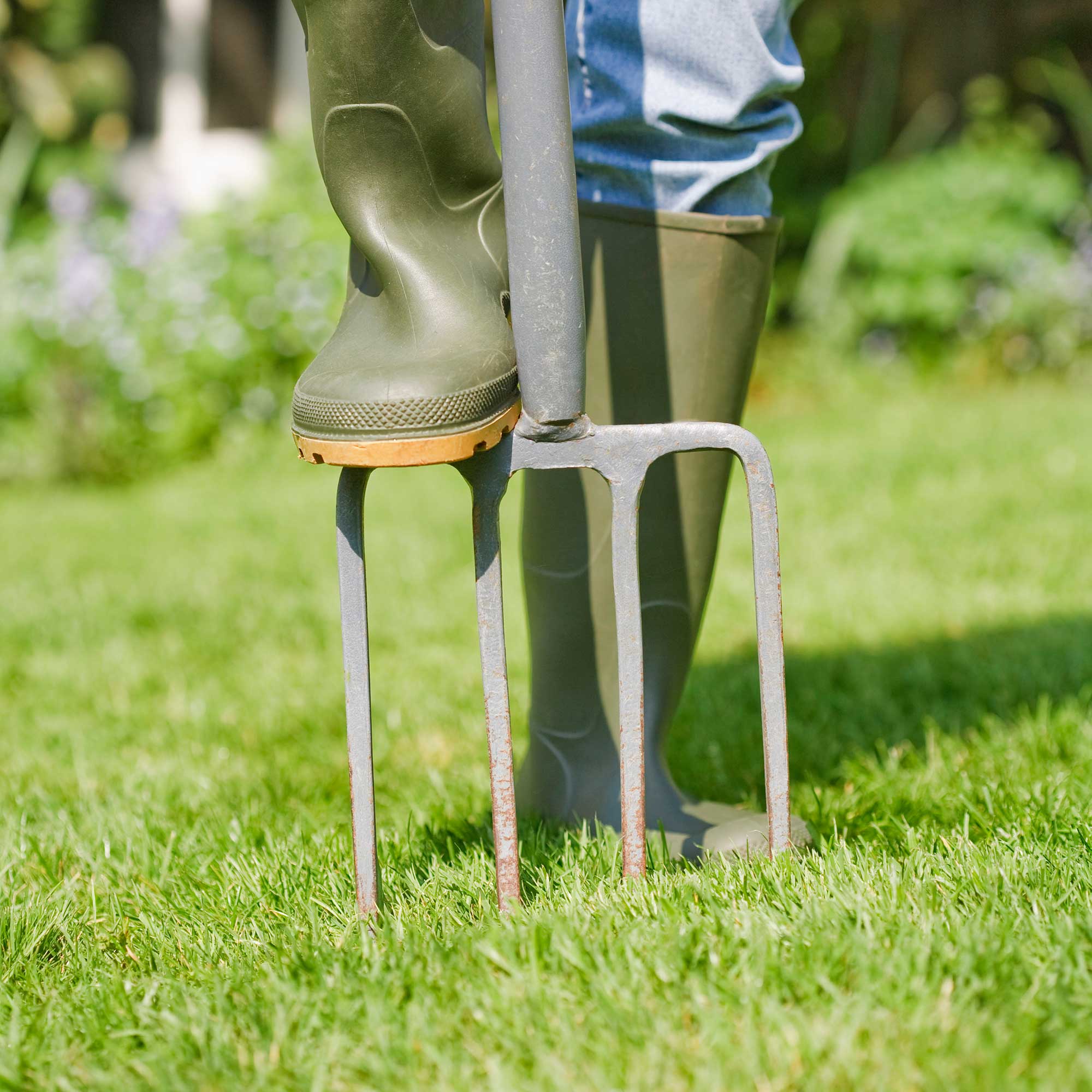
6. Give overseeding a go
Overseeding is one of the easiest ways to get a dense and lush lawn. To do this, you’ll need to start by removing any brown and dead grass, before raking up the thatch and loosening the topsoil.
Next, sprinkle good quality grass seed over your lawn, water it (ideally using collected rainwater), minimise traffic over the overseeded area for one to two weeks, and wait.
When the new grass sprouts, your lawn should be thick and green – and there should be less room for weeds to take root, too.
7. Mow, mow, mow
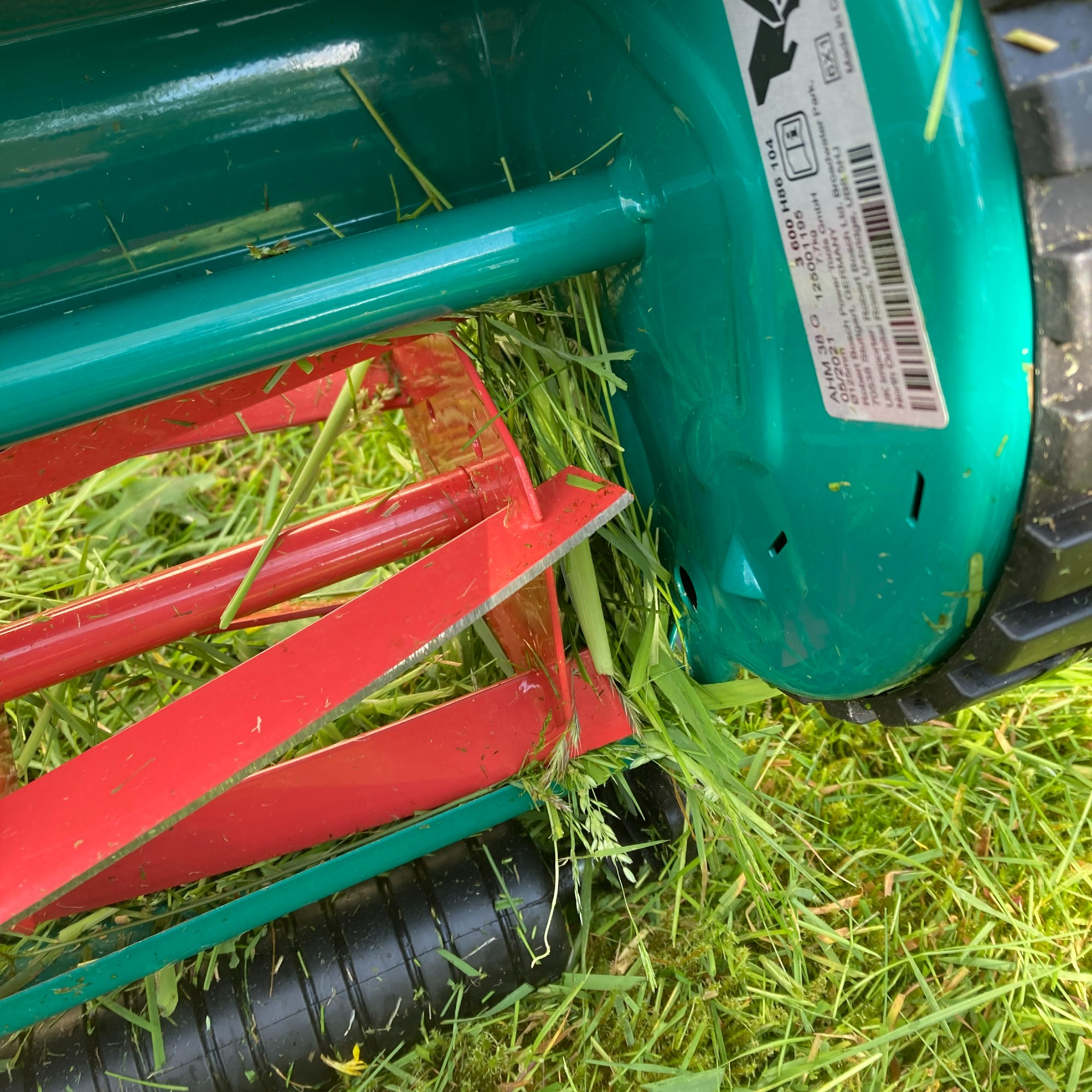
We may be in the midst of No Mow May right now, but mowing usually makes up the bulk of people’s lawn maintenance schedules.
As per the Royal Horticultural Society’s guidelines, you should never take off more than one-third of the grass height, so adjust the cutting height on your mower accordingly – and be sure to keep its blades sharp and clean, too.
8. … but not too much
Cutting your grass too short can lead to shallow rooting, drought damage, bare patches, weeds and moss – and it will likely require a more intensive lawn maintenance regime, too.
For that reason, then, our experts suggest sticking to a higher cut on your mower. Doing so comes with an added bonus, too: a slightly longer lawn will allow smaller wildflowers to thrive, which is excellent news for bees, butterflies, and other pollinators.
With all of the above in mind, then, there's no excuse for the grass to be greener on the other side of the fence. In fact, a little work and forward-planning is all it takes for our lawns to be the envy of all.
Hey, they don't call it the green-eyed monster for nothing!
Get the Ideal Home Newsletter
Sign up to our newsletter for style and decor inspiration, house makeovers, project advice and more.

Kayleigh Dray became Ideal Home’s Acting Content Editor in the spring of 2023, and is very excited to get to work. She joins the team after a decade-long career working as a journalist and editor across a number of leading lifestyle brands, both in-house and as a freelancer.
-
 Will a conservatory add value to your home and how can you maximise it?
Will a conservatory add value to your home and how can you maximise it?This is what the pros say
By Amy Reeves
-
 I’ve been looking for a new signature scent for my home and The White Company's new fragrance is the exact summer holiday smell I needed
I’ve been looking for a new signature scent for my home and The White Company's new fragrance is the exact summer holiday smell I neededSantorini smells fresh, summery and sophisticated
By Kezia Reynolds
-
 How to remove algae from garden walls in five steps – and the cleaning product experts rave about for tackling it fast
How to remove algae from garden walls in five steps – and the cleaning product experts rave about for tackling it fastExperts share their top tips for getting garden walls algae-free
By Katie Sims
